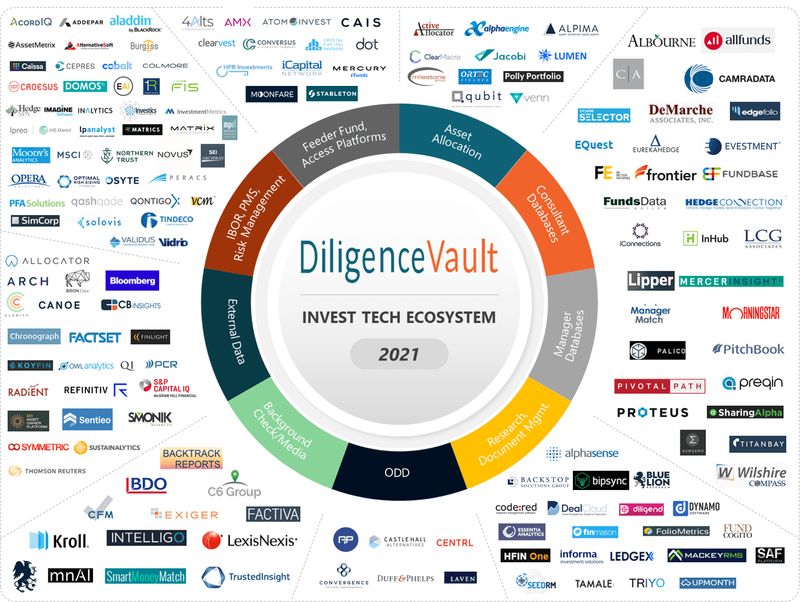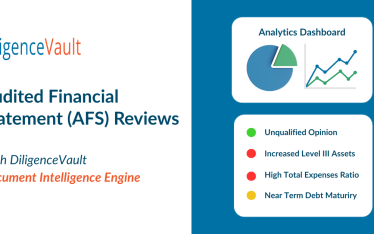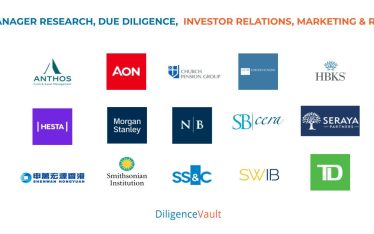As an allocator or an asset owner, can you imagine managing your investment portfolio using a fully integrated, multi-asset, end-to-end, cost-effective, digital platform with stellar client service? Just imagine how it feels not to be weighed down with manual reconciliations, duplication of efforts, unnecessary errors, and excessive copying and pasting? Or how it feels never to task a human with a machine’s job? This experience will be delivered by the first InvestTech unicorn. This unicorn doesn’t exist today. But in the near future, it’s a very real possibility.
Let’s look at why the investment industry, one that has benefited from many unicorns within their own investment portfolios, has not yet seen a real InvestTech unicorn.
- Lack of distinctiveness: By and large, InvestTech providers have opted to provide a broad range of functionality across the full investment lifecycle, instead of identifying and owning their own distinctive spot in the ecosystem. This means that the exclusive product focus resulting in the great user experience inherent in tech unicorns has largely been missing from providers within the InvestTech segment. Rather than owning and leading their unique spot in the ecosystem, firms have chosen to acquire and build solutions rather than pursue integrations and alliances with adjacent peers, resulting in market fragmentation.
- Traditional business models: Incumbent providers have not been cloud-based, have not productized their platforms, and often have limited APIs, all resulting in the need for significant customization and implementation. Newer entrants have tended to adopt competitive non-enterprise pricing for an enterprise business, creating an unstable business model.
- Persistent user fears: Prospective users of InvestTech have been slow to adopt, citing numerous reasons including limited budget, change management pain, staff turnover, and lack of user-friendly solutions. Users are waiting for an all-encompassing unicorn, and they are reluctant to take the first step forward and adopt the technology they can. This lack of adoption further solidifies archaic processes and exacerbates manual efforts, and the technology problem only gets bigger.
While these have been the challenges recognized over the past 3 years, this picture is now changing significantly. And arguably, for the better. What’s exciting is that the role of tech has shifted from being “nice to have” to “an absolute necessity”. So what does 2020 look like?
Disclosure: While DiligenceVault solves data, diligence and automation challenges of a diligence, we are at the center of the universe here simply as authors of the industry map!😊
1. Portfolio & Risk Management System revolution: In 2019, the industry microstructure has altered significantly:
- BlackRock acquired eFront to strengthen Aladdin’s alternative and multi-asset capabilities
- BNY Mellon and Bloomberg announced a strategic alliance to strengthen portfolio management and analytics
- Deutsche Boerse bought Axioma
- MSCI and Burgiss entered into a strategic relationship
- Moody’s acquired RiskFirst
2. Modernizing infrastructure: Leading custodians and admins are taking a tech-first approach. BNY Mellon, Citco, and State Street have created FinTech partnerships, while Northern Trust has invested in an internal build out with a Front Office Solutions initiative.
3. Data ownership shifting hands: Incumbent data providers are caught between wanting to create new networks and ecosystems on the one hand and wanting to retain the ownership of data flows on the other. While the cost of data has been declining exponentially, a shift in mindset around data ownership is still needed to establish a universal option.
4. Increased complexity of owning tech: The complexity of owning tech has increased with data privacy regulations, information security concerns, support and maintenance requirements, all of which making internal build unsustainable.
5. Tech-enabled services becoming a norm: Professional services firms such as investment and ODD consultants are building and including tech in their service offerings as a way to gain, retain and drive client engagement.
6. Conviction of specialist investors: A new crop of investors has bet on this industry transformation, including our own firm’s investor – Goldman Sachs Growth Equity. Many strategic investors are choosing to adopt technology for their own investment processes as well.
7. Long view driving implementation: While everyone seems to recognize that tech is important, there are different views of how to implement. With the great variety of tech available in the market today, those who choose to build are more likely over time to find themselves accumulating a portfolio of technical debt. Today the leading-edge firms with the long view are buying vs. building tech.
8. The rise of the strategic users: The industry now looks at its future tech stack as a solution to three focus areas: Data wrangling, intelligent automation, and analytics & decision making. There is far too much data to be collected, processed, and analyzed, and there is intuitive recognition that you cannot have the analytical solution until data and process challenges have been addressed. Appreciation of this reality has helped create clear categories of future solutions.
9. Shift in user priorities: Users have their expectations set up by their day-to-day experiences with technology. As a result, wait-and-watchers are declining, and tech adopters are on the rise. Switching costs are becoming less painful as tech adoption adds structure, facilitating an ability to transition. Client-first services are becoming leaders. Hyper-automation is being appreciated. Apathy is not being rewarded by senior management.
10. The emergence of expert consultants: Entrepreneurial industry veterans and Big 4 have built consultancy offerings addressing the needs of asset owner and wealth and asset management platforms, and have emerged as key players in the ecosystem.
All of the above factors combined have become a force multiplier for a technology transformation that will result in greater integrations and alliances between best-in-class technologies – a huge positive for the industry! InvestTech has emerged as a strategic priority for the next decade. So those investors who are leveraging technology to improve processes at scale should keep their high-powered lenses focused forward: there just may be a unicorn coming into focus in the not-too distant future.
Check out prior maps:
2019: And The Next InvestTech Unicorn Is…
2018: The Rise of Integrated InvestTech
2017: Who Defines the Future of InvestTech
Thank you Arun Muralidhar, Ken Akoundi, Mark Wightman, Minh Nguyen, and Uche Abalogu for your help in refreshing the 2020 InvestTech map.



